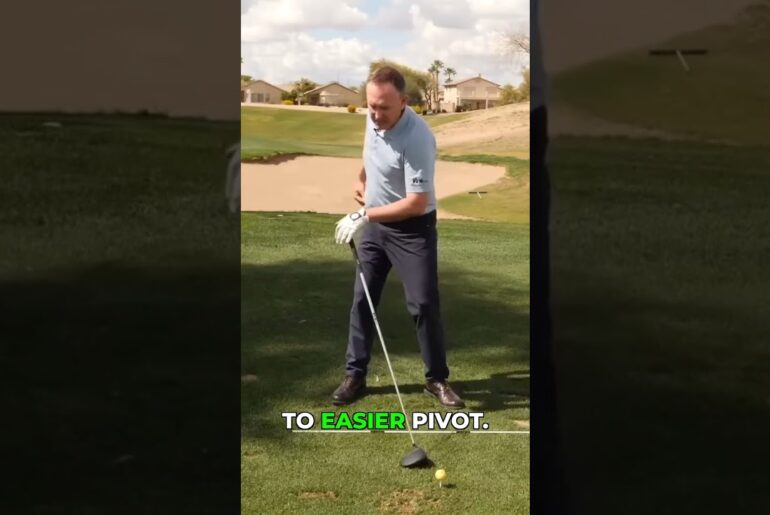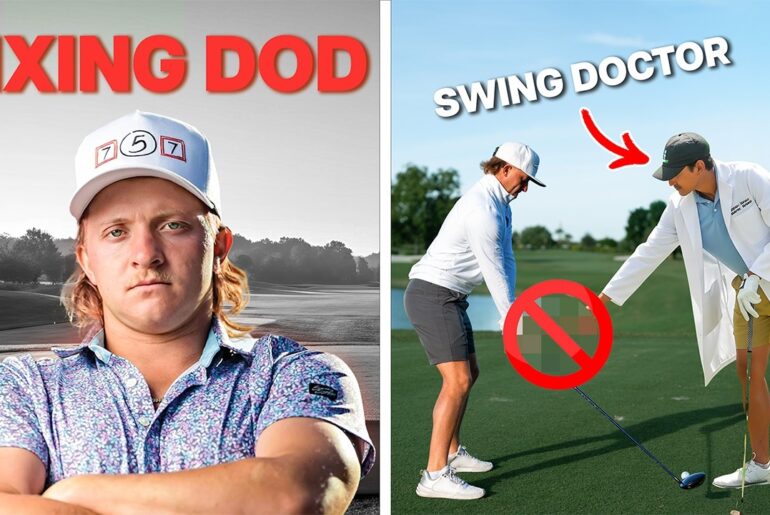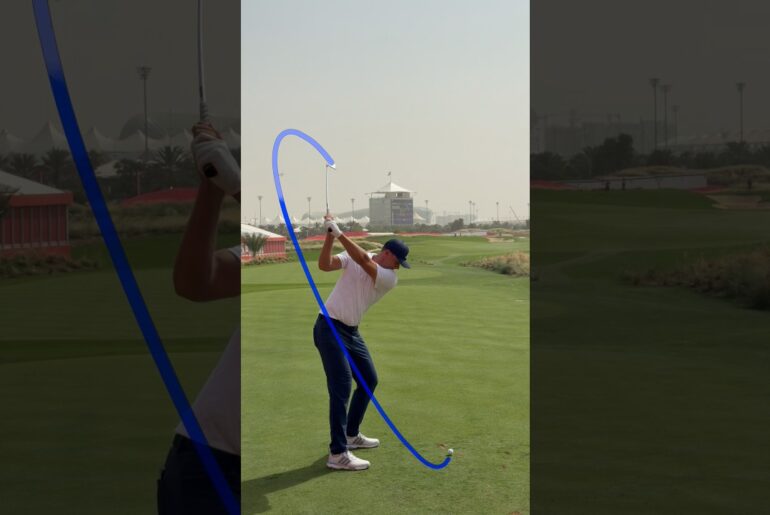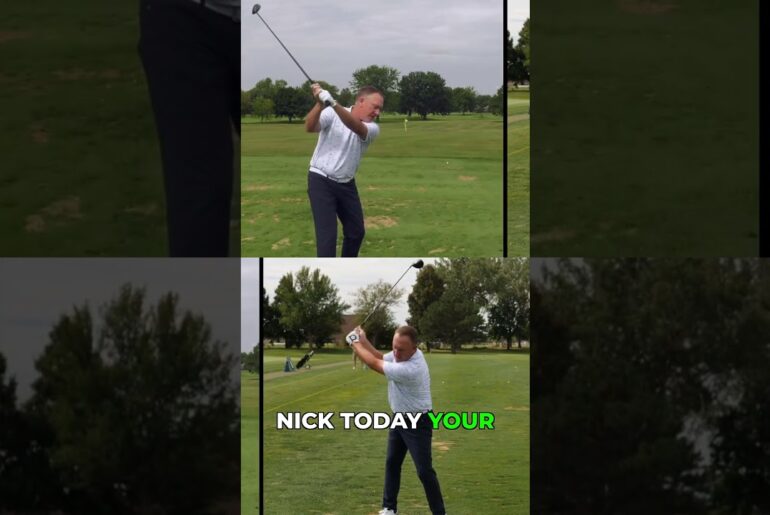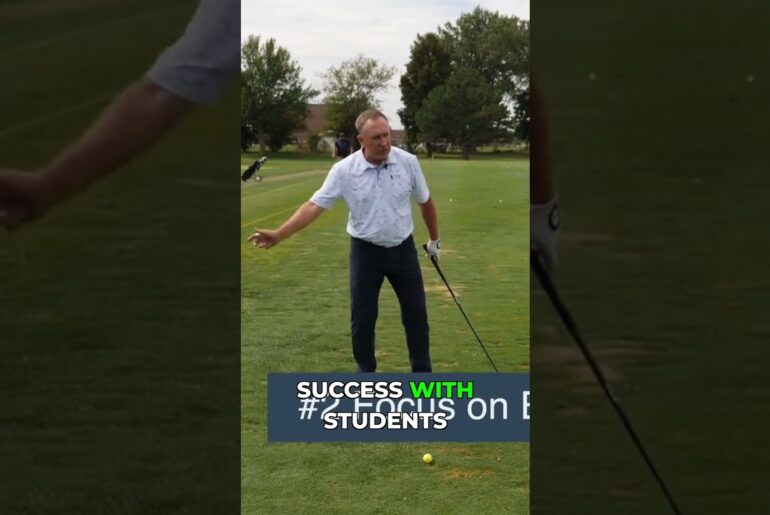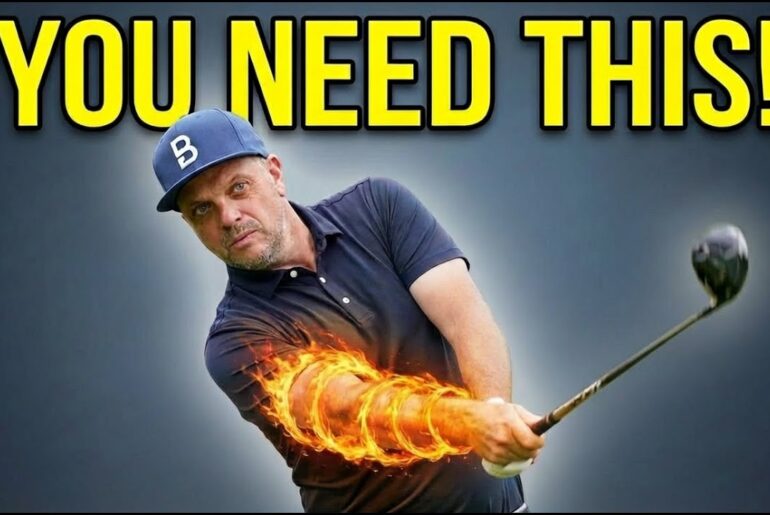Discover the difference grip firmness can have on your short game. In this video, Bob Lamkin interviews Brendan Steele about the benefits a proper golf grip can have when approaching the green. While most players understand the importance of a proper grip on long distance shots, grip technique can have a profound impact on the short game as well.
Professional golfer Brendan Steele explains how golfers looking to reduce their strokes should focus on the short game, rather than shots from the tee or fairway. Learn more about short game shots and the strategies used by top Tour players when approaching the green.
Discover a full range of golf grips, for all clubs types- from putters to drivers and everything in between. Visit Lamkin.com for details.
{Video Transcript}
Bob: Hi, I’m Bob Lamkin, President and CEO of Lamkin Grips. I’m here today at the beautiful St Louis Golf and Country Club with my good friend, Brendan Steele, PGA Tour Professional.
And we’re going to talk a little bit about grip pressure today and how grips and grip pressure relate to short games. So Brendan, you and I have talked about this in the past, and I’d like to get your take and your thoughts about what are you thinking about in regards to grip pressure and how you’re playing a short game shot when it really matters, right? Because to me as we talk about tension in the golf swing and tension in our grip, if you’ve got a lot of tension in the grip when you’re trying to hit a specific shot, you know, which is a really tight shot here, that could pretty much screw your shot up, huh?
Brendan: Yeah, tension and having a firm grip pressure here is a killer. You’re never going to be able to the strike on the ball that you want. Usually caused by a little bit of anxiety maybe not thinking that you have quite the right technique to hit this shot. Not comfortable with it. Maybe you feel like maybe you want to putt but your buddies will make fun of you if putt it from this far off the green.
Bob: Right.
Brendan: So you have to make sure you have a light enough grip pressure, that you’re not adding any tension, but that you can still control the club.
Bob: So when we talked earlier, we talked about the full swing shots and releasing the shot on full swings. Here it’s a whole different technique, you don’t want to release your hands, correct? You want to keep your hands more passive.
Brendan: Correct, especially on this tight lie shot here. You basically want to make sure that you keep your body moving and that you keep turning through, you keep that clubface very stable the whole time. It doesn’t release over. I see a lot of amateurs that do this kind of move and really release the club head into the ball, the hands kind of stop, club head keeps going. You can’t be consistent hitting a shot that way.
Bob: Right, and again for people that want to lower their scores, sitting on the range and hit six irons all day probably isn’t going to help you score better, you might have a pretty golf swing. But if you’re going to score better and actually lower your handicap, this is the area where you’re going to lower your handicap.
Brendan: Yes, and this is actually the thing that I think comes into your game the quickest due to practice. If I go and chip for an hour, I’m a better chipper the next day. But if I go hit balls for an hour, I might not hit the ball any better than I did a week ago or six months ago. So this is something you’ll see a direct correlation to scoring and how well you’re playing.
Bob: But one of the consistencies with hitting the full shots, as we talked about earlier, is really keeping our light pressure in our forearms and your hands to execute the shot. And really having a tense grip or a choke hold on the grip. You’re probably not going to be as successful.
Brendan: Yeah, you’re going to have a lot of trouble with these little delicate shots around the green especially. And these little shots you really just want the hands to be attached to the club and let the bigger muscles kind of help you to be more consistent with the strike.


